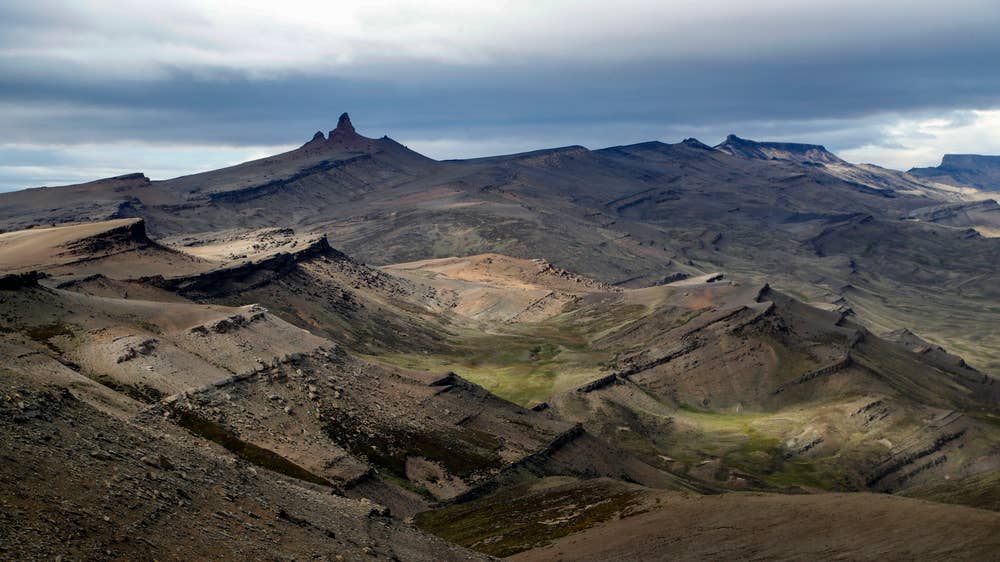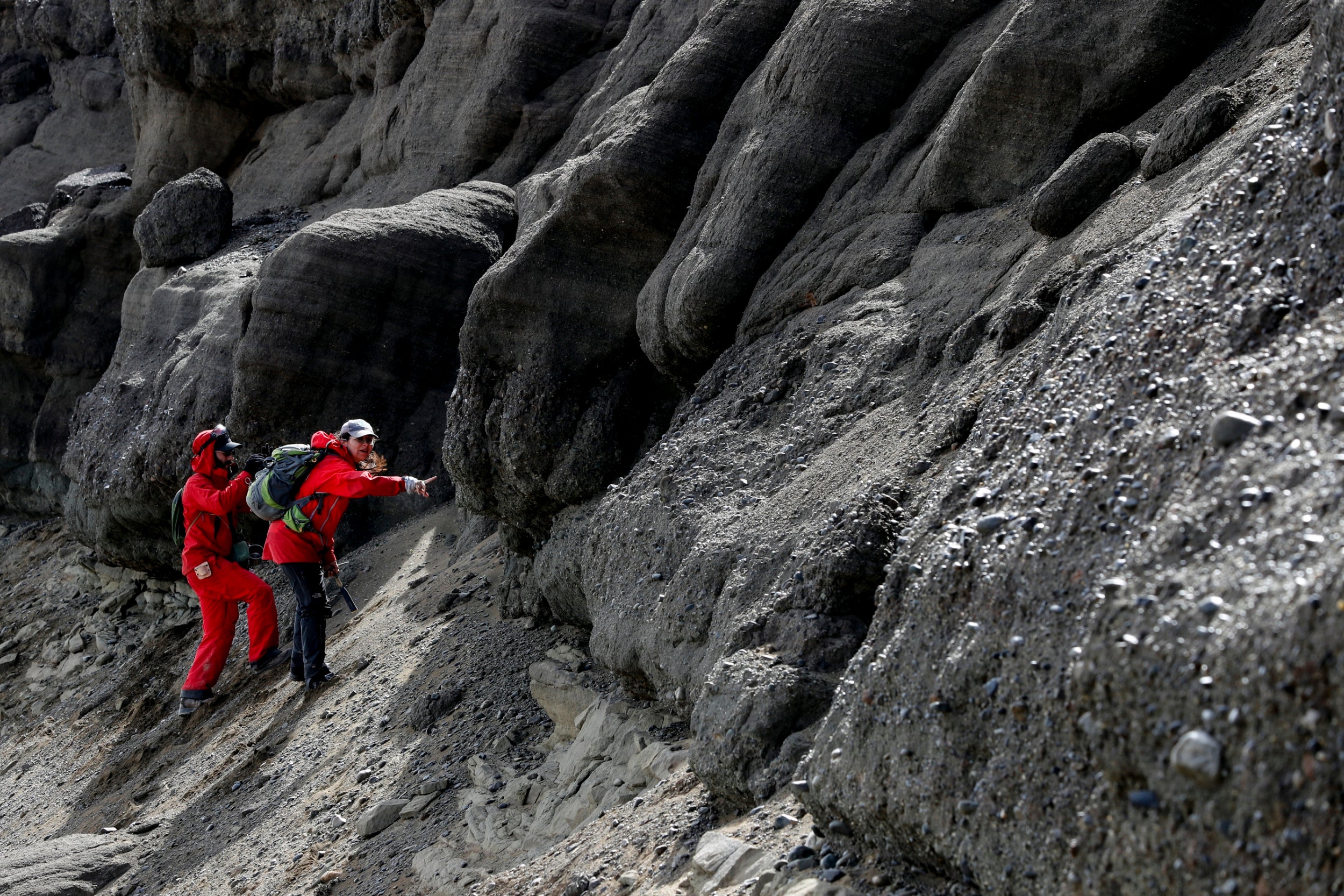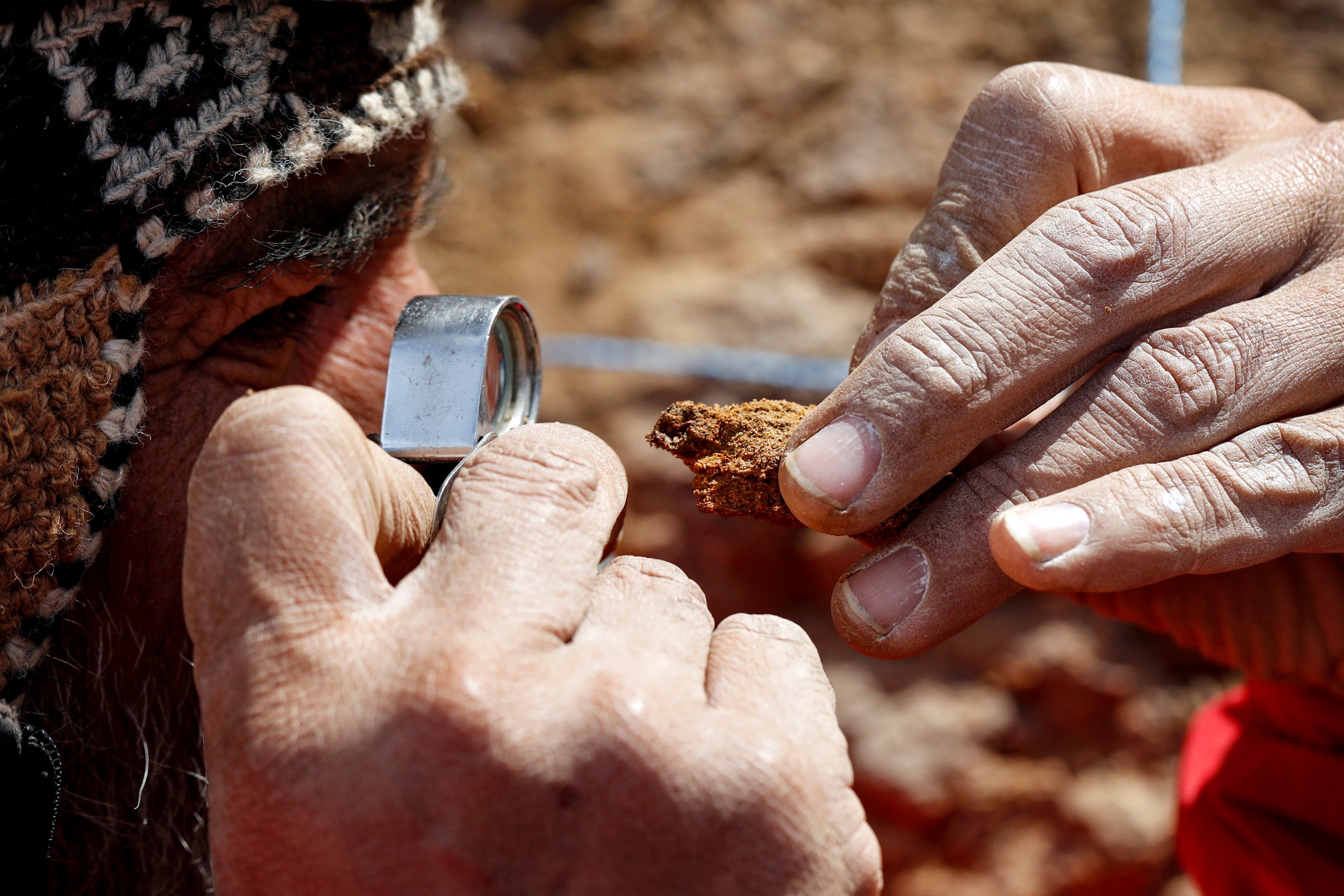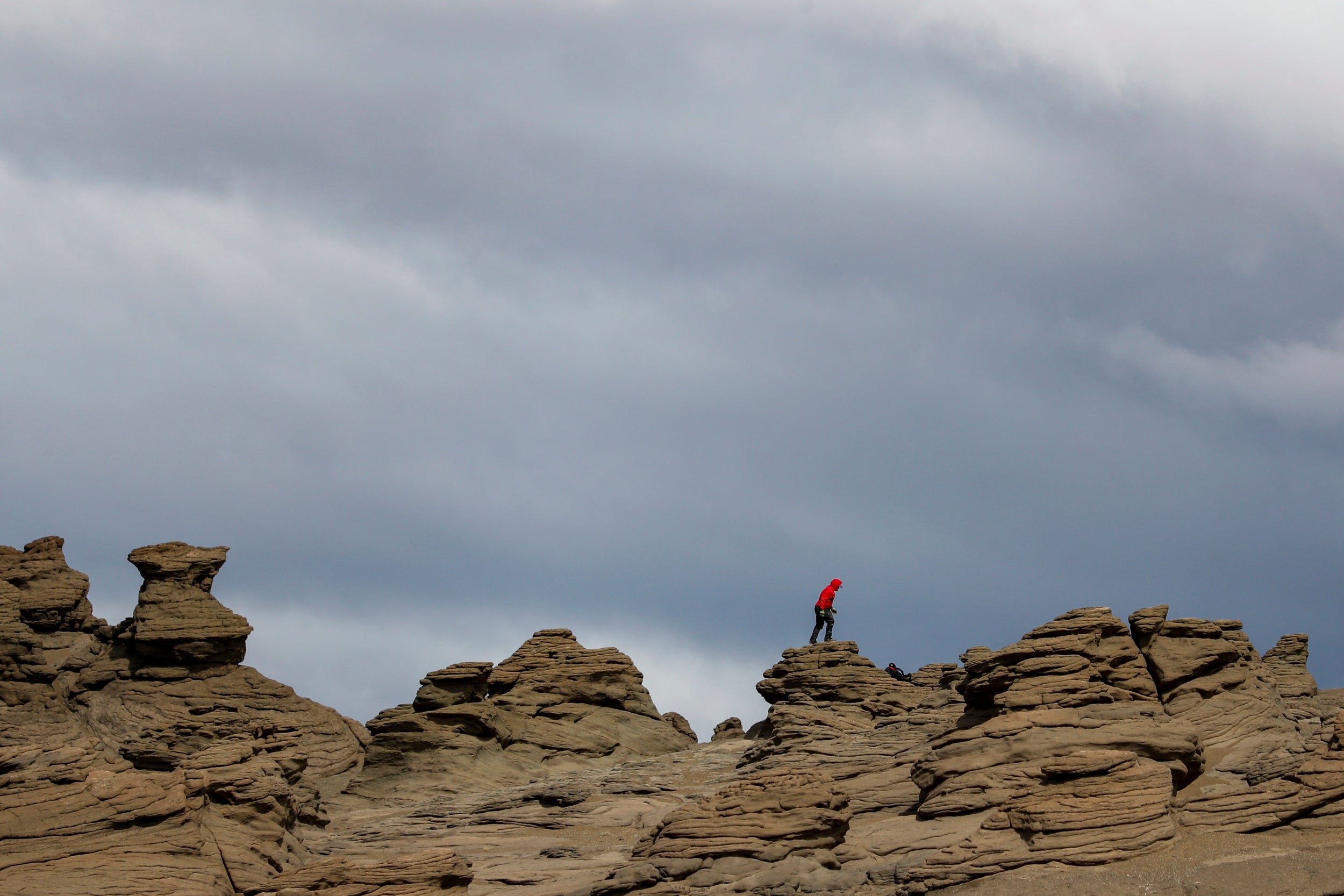Mike Pence was celebrated as the Trump administration's coronavirus truth teller. Here's how the vice president has abruptly shifted course.
Vice President Mike Pence speaks in the briefing room of the White House in Washington, Tuesday, March, 10, 2020, about the coronavirus outbreak. Carolyn Kaster/AP
Vice President Mike Pence won plaudits for his early handling of the US response to the coronavirus.
Behind the scenes, people close to Pence said he encouraged people in the White House Coronavirus Task Force meetings "to speak their mind."
"Pence's stock is way up," said Stephen Moore, a conservative economist who is close to the White House.
But Pence has made a dramatic shift in both style and substance by aligning himself with President Trump to downplay public health concerns about the deadly pandemic.
Back in late February, Vice President Mike Pence's closest aides recognized that his new role leading the federal government's COVID-19 response would be his biggest presidential assignment yet.
Pence had helped with top initiatives for Trump before. Some were successful, like his work to launch the Space Force and high-dollar campaign fundraising for the president's reelection. Other Pence-led efforts ended with anything but good results for his boss, including the failed bid to repeal Obamacare.
But managing the White House Coronavirus Task Force marked the first time President Donald Trump had delegated his No. 2 with any serious executive authority. Pence would be chairing meetings with the country's top national security and public health officials, corralling big personalities, and delivering grim updates to the public. He'd be the face of the United States as it handled what would become the worst public health crisis facing the planet in a century.
It was heady stuff, and it meant Pence would be back on some familiar terrain as a chief executive. The former Indiana governor had largely avoided that kind of portfolio since arriving in Washington in 2017, but the task force offered him the high-profile chance to show off his own crisis management skills ahead of what's expected to be a 2024 run for the White House.
Not long before the pandemic struck, one Pence confidant told Insider that the vice president didn't deserve the reputation he'd gotten as someone who was tired of carrying all of Trump's negative baggage. In fact, Pence actually enjoyed not having to make hard calls on the fly the way he used to when back in the state house in Indianapolis. The painful moments of the Trump presidency were Trump's alone, and the confidant said Pence welcomed the job he had of only having to explain them.
But with COVID-19, Pence was back to being the leader on a tough issue, and the three months that would follow provided the best picture yet of both his agility for surviving in the tumultuous Trump era and also how he'd run the country if he won the White House in another four years.
Coronavirus changed the Trump-Pence relationship
Delegating Pence to the COVID task force job marked an important moment in his relationship with Trump. It also further cemented their own links both personally and for their long-term legacies.
Trump and Pence barely knew each other when they first teamed up in the summer of 2016. Their alliance, the byproduct of a slapdash courtship that was as much about political convenience as anything else, centered around Pence helping placate conservative and religious voters concerned that the thrice-married, foul-mouthed Trump didn't have the moral compass to lead the country.
Once in office, the two men struggled to find a rhythm. Pence ran into stiff headwinds on Capitol Hill trying to fulfill the president's campaign promise to repeal and replace the Affordable Care Act. He also worked overtime to stay out of legal trouble as special counsel Robert Mueller probed whether the Trump campaign had conspired with Russia to win the 2016 presidential election.
By last fall, Trump was even entertaining the idea of replacing Pence on the ticket for 2020.
But Trump's own escape from impeachment in January helped the two US leaders turn a corner and cement a fairly strong relationship. And as the severity of the coronavirus slowly dawned on Trump and his team, the president turned to Pence to coordinate the federal government's response across more than a dozen agencies and with the states.
"The president knew immediately what an important position of trust, confidence and competence the head of the task force would be, and that is why he chose the vice president," Kellyanne Conway, a senior White House adviser who worked with Pence long before he joined the Trump administration, told Insider in an interview.
Pence brought "familiarity, empathy and perspective" to the job, Conway said. He also had a way of connecting with the nation's governors because of his own four-year stint running Indiana.
At the daily COVID-19 task force meetings, Pence provided a calm, measured style built on listening and processing information and ideas from various corners of the administration, Conway said. It's a skill that people who know the vice president say he's honed over a career path that went from failed congressional candidate to conservative radio host to a seat in the US House and also by studying management books like Stephen Covey's "Seven Habits of Highly Effective People" and Jim Collins' "Good to Great."
"He is passionate but not excitable," Conway said. "This really mattered in coordinating a response that required urgent action from all different parts of the federal government."
A senior Trump administration official familiar with the task force meetings said Pence played the role of referee during meetings that involved the government's top scientists, public health, immigration and national security officials. When someone offered an idea the vice president didn't like or disagreed with, he asked them to expand on their position instead of snapping at them or attacking them.
"You want diversity in opinion. There's always good robust discussion. I haven't seen acrimony," the official said. "I will give credit to the vice president, because I think he's very masterful at encouraging people to speak their mind. He's very encouraging. Makes everybody feel very good."
Pence's quiet, steady style also won increasing plaudits inside the DC beltway as his regular appearances created a stark contrast to the president's erratic briefings and tweets.
After Trump attacked reporters during one of his frequent press briefings on the pandemic, Pence pulled an NBC journalist aside to offer his condolences for one of their colleagues who died after testing positive for the coronavirus. When Trump caused a media firestorm by saying he had started taking hydroxychloroquine, a potentially harmful anti-malarial drug, Pence simply said he wouldn't be taking the medicine himself.
The vice president's relatively normal handling of the coronavirus briefings and his command of the facts even led POLITICO media columnist Jack Shafer to suggest Pence be named the new White House press secretary.
"I want to trust Pence, but doubt that anyone so devoted to the president's elephantine ego can be relied on to give the truth," Shafer wrote. "But Pence's best moments on the dais this month allow us to recall a time when expecting the government to give it to us straight about matters of life and death was not unreasonable."

Vice President Mike Pence stands among television soundmen, radio reporters and other media personnel all wearing protective masks because of the coronavirus disease pandemic as he listens to Donald Trump speak during an event in honor of National Nurses Day in the Oval Office at the White House in Washington, U.S., May 6, 2020. Tom Brenner/REUTERS
'Pence's stock is way up'
Pence allies maintain that the vice president's work on the COVID task force provided an ideal platform to showcase his governing skills.
Immediately after taking its reins, the vice president dropped all Trump campaign activities to focus on fighting the pandemic, said David McIntosh, the former Indiana GOP congressman and close friend of Pence's since the early 1990s who now runs the Club for Growth, a conservative nonprofit group.
"He views this as, 'I'm going to focus on whatever it takes to implement the president's decisions on how to battle the coronavirus,'" McIntosh said.
With a boss like Trump, there are the obvious messaging challenges. "That's always a delicate balance when you've got all these experts saying one thing and the president saying something else," McIntosh said.
People close to the vice president also say his role atop the task force forced him to remain a presence when he otherwise might have followed a different route of drifting in and out of an issue if it wasn't going well. "The biggest difference is he was given direct responsibility," McIntosh said.
Pence's handling of the COVID issue has also helped with his standing among right-leaning activists.
"Pence's stock is way up," said Stephen Moore, the conservative economist who is close to the Trump White House. "He's seen by conservatives as a strong leader. He's done really well in the press conferences and been universally praised."
Even among a furtive band of NeverTrump conservatives that often chided Pence for enabling Trump — George Will famously labeled the vice president "oleaginous," which is a clever term for ass-kissing — Pence has found some support.
"It's self-evident that Pence would have handled the pandemic better," opinion columnist Jonah Goldberg wrote earlier this week in the Los Angeles Times. "His stewardship of the White House coronavirus task force was marked by quiet, assured and reassuring, professionalism. If he hawked hydroxychloroquine or bleach as potential miracle cures, I missed it."
A Fauci contradiction and a Biden slam
But Pence's public stance on the coronavirus has recently taken a more abrupt political turn that mimics the president's overall messaging that it's time to restart the economy — even if the public health crisis hasn't abated.
On a Monday call with the nation's governors, the vice president urged the state leaders to tell their residents that recent increases in cases were due to more testing, a position undercut by scientists and epidemiologists who say the spikes are not just because of better testing.
A day later, he published an op-ed in one of his favorite publications, The Wall Street Journal, arguing there would be no "second wave" of the coronavirus as epidemiologists had predicted for the fall. The vice president also accused the press of fabricating the continued danger of the pandemic.
"The media has tried to scare the American people every step of the way, and these grim predictions of a second wave are no different. The truth is, whatever the media says, our whole-of-America approach has been a success," Pence wrote.
Pence on Tuesday also defended Trump's decision to hold his first major campaign rally since the pandemic shut down large swaths of the country. Oklahoma, the host for Trump's upcoming event on Saturday, had "flattened the curve," Pence said, even though new coronavirus cases were actually spiking there.
And the vice president this week continued showing up in public without wearing a mask. Back in early May, Pence said he regretted not donning a protective face covering during a visit to the Mayo Clinic in Minnesota. While he later did wear a mask when traveling outside Washington, he's since dropped the routine during campaign stops out at restaurants with state GOP leaders in potential 2020 battlegrounds like Iowa, Georgia and Florida.
The same thing happened again Thursday. "Every single day, we're one day closer to putting the coronavirus in the past," Pence said during a mask-less visit to a steel plant in the Detroit suburbs.
Pence's public shifts have prompted some pushback. Dr. Anthony Fauci, the longtime head of the National Institute of Allergy and Infectious Diseases, rebutted Pence's "second wave" comment by saying the country was still very much in the grips of the first wave of the pandemic.
Fauci also contradicted Pence on the suggestion the country is ready for sizable public gatherings. "When I look at the TV and I see pictures of people congregating at bars when the location they are indicates they shouldn't be doing that, that's very risky," Fauci told The Wall Street Journal.
The vice president's move toward a decidedly political stance on COVID has also opened him up to new attacks from Trump's 2020 rival. While Joe Biden once took heat from his party's base for calling Pence a "decent guy," the presumptive Democratic president nominee on Wednesday singled out his successor as vice president for his optimistic take on the pandemic.
"Yesterday, the head of the White House task force on coronavirus, the vice president, claimed success because deaths are quote, 'down to fewer than 750 a day,'" Biden said during a campaign stop near Philadelphia. "More than 20,000 a month. That's greater than World War II-level casualties each month. That's more than five 9/11s each month. And this administration is engaging in self congratulations?"
Tom LoBianco is the author of "Piety & Power: Mike Pence and the Taking of the White House." It comes out in paperback June 30.























